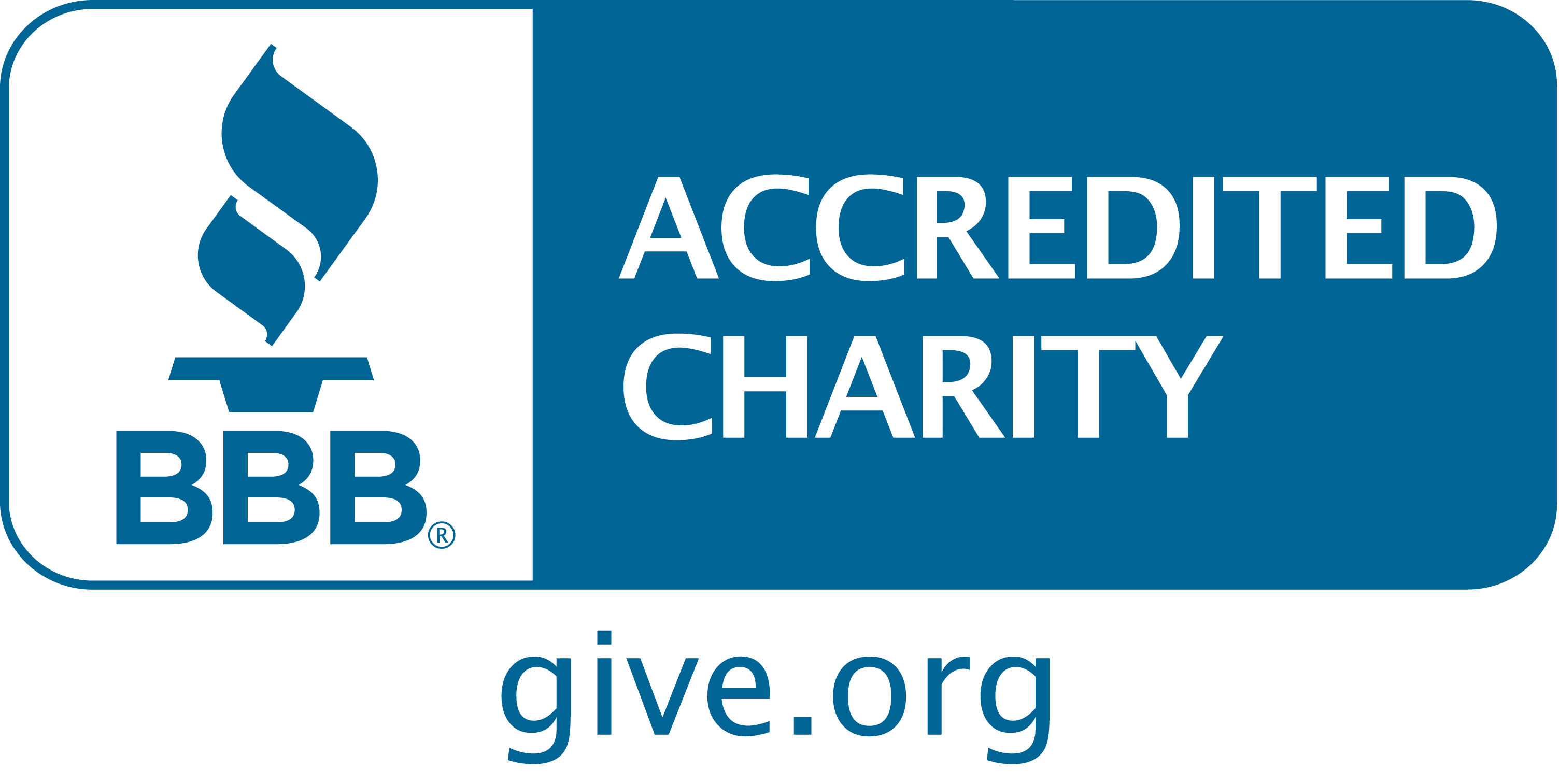Preparedness Resources
Sign up for Alerts and Warnings
When emergencies strike, public safety officials use timely and reliable systems to alert you. Visit ready.gov for a breakdown on types of alerts and how to get them.
Make a Plan
Your family may not be together if a disaster strikes suddenly, so it is important to know how you’ll contact one another. Establish a family meeting place. Visit ready.gov to access an online form that can be downloaded as a pdf when completed.
Save for a Rainy Day
Consider saving money in an emergency savings account that can be used in any crisis. Keep a small amount of cash at home in a safe place to be able to purchase supplies, food, or fuel when credit card and ATM networks may be down.
Practice Emergency Drills
Practice how you would exit your house during an emergency and family responsibilities during evacuation.
Test Family Communication Plan
It is often easier to send a text or a long-distance phone call than to reach family nearby when cell towers may be down or overloaded. Choose an out-of-state friend or relative for all family members to contact if separated during an emergency.
Safeguard Documents
Gather financial and critical personal, household, and medical information. Post disaster, having access to these records is crucial for starting the recovery process quickly.
Plan with Neighbors
Agree with your neighbors on action steps everyone will take in response to an emergency until professional disaster response teams can arrive on location.
Make your Home Safer
Take a first aid and CPR class. Have up-to-date fire extinguishers and know how to use it. Teach everyone in your family how to shut off utilities if needed.
Know Evacuation Routes
Many states have designated evacuation zones and predetermined evacuation routes. Learn your state and local plans by visiting your state and county emergency management websites.
Assemble or Update Supplies
After a disaster, you may need to survive on existing supplies for a few days. Have a disaster kit with basic items your household may need in the event of an emergency.
Get Involved in your Community
Communities can work together to improve preparedness and respond to emergencies. Get involved in your community today to help build a culture of preparedness.
Document and Insure Property
Maintaining an inventory of your property’s contents will be helpful if a disaster strikes. Your inventory will help you prove the value of what you owned. Take photos or videos to help your records, but be sure to write down descriptions as well.
Basic Disaster Supplies Kit
To assemble your kit, store items in airtight plastic bags, and put your entire disaster supply kit in one or two easy-to-carry containers such as plastic bins or a duffel bag.
Recommended items
Water (one gallon per person per day for several days)
Food (At least a several-day supply of non-perishable food)
Battery-powered or hand crank radio
Flashlight
First Aid kit
Extra Batteries
Dust Masks (to help filter contaminated air)
Moist Towelettes, Hand Sanitizer, Disinfecting Wipes (for personal sanitation and to disinfect surfaces)
Wrench or Pliers (to turn off utilities)
Manual Can Opener (for food)
Local Maps
Phone Chargers and Backup Battery
Non-prescription Medications (such as pain relievers, anti-diarrhea medication, antacids)
Feminine Supplies and personal hygiene supplies
Disaster Preparedness Handbook
This handbook comes to you with the expertise of The Salvation Army Emergency Disaster Services team. Our experts make up a nationwide network of skilled, caring volunteers and staff members. Explore what you need to know and do to keep you and your family safe in an emergency.




